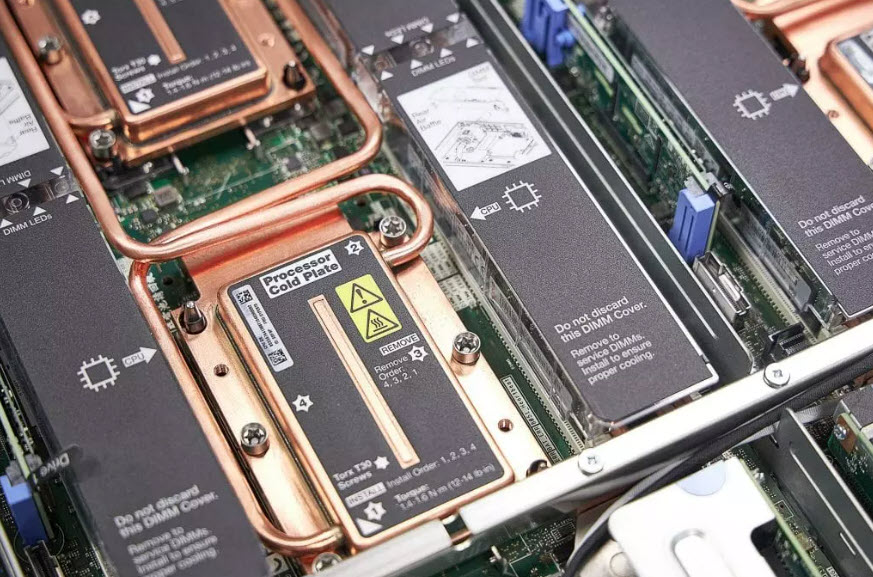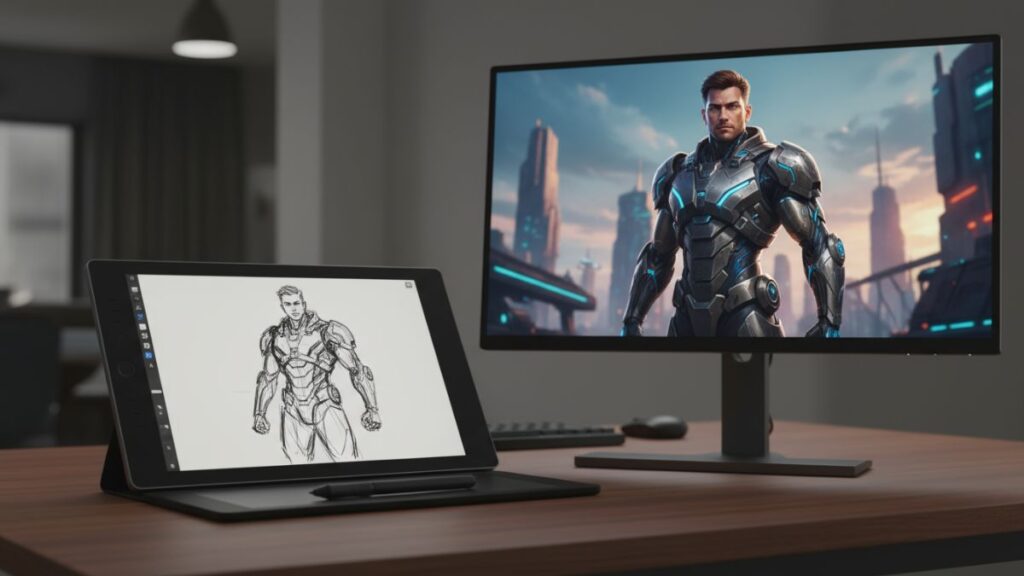Lenovo just had an event at DreamWorks to launch its new line of Aston Martin-designed workstations. Equally interesting was DreamWorks’ announcement that it switched to Lenovo servers due to the massive operational savings that Lenovo servers provide by using technology that none of its major competitors seems to have. As a result, for customers who need a lot of performance in a limited space, which is pretty much everyone, there is only one choice: Lenovo.
Let’s talk about how Lenovo went from being nothing in the server market to leading it.
Lenovo’s ramp and warm-water-cooling advantage
Lenovo is relatively new to servers, so it would be interesting to talk about how Lenovo got there since its server division came out of IBM. Lenovo’s server ramp was both interesting and painful to watch. The X36 server division in IBM always looked better on paper than in person, largely because IBM tended to favor its own technology. This X86 group had far too much in common with Cinderella given it had tons of potential but was constantly under resourced.
So, Lenovo was able to buy the unit from IBM much like it bought the PC Company from IBM years before. Unlike that other IBM unit, the X86 server unit was more a part of IBM’s server business, not an independent stand-alone unit, and there were a lot of initial problems. One was it couldn’t be left alone because it couldn’t stand alone, and integration mergers tend to be both problematic and expensive. This proved true here with executive conflicts that resulted in a lot of turnover and poor performance initially.
However, Lenovo didn’t give up. It dealt with the new unit problems the way it dealt with its Motorola smartphone business. It kept pounding away at it until it got an executive team that was not only competent in the segment but could integrate with Lenovo corporate. Then, and only then, did we begin to see the hidden potential of this server group, but it wasn’t until they realized they had access to an IBM game changer that things really took off.
Warm water cooling
That game changer was warm water cooling, which had been IBM-driven but under-marketed. Warm water cooling has similar advantages in terms of noise and heat mitigation to cold water cooling, but it is far less costly and, it turns out, much more efficient. Like cold water cooling, it significantly outperforms air as a heat mitigation technology, but since you don’t have to chill the water, it eliminates much of the structural space you’d need for cold water cooling. So, you get the benefits of low noise, higher performance (no heat-related throttling or heat transfer from one processor or GPU to another), and IBM and Lenovo worked out how to do reliable quick-disconnect connectors and pivot pipes to keep service and maintenance costs low.
The result is a solution that, according to DreamWorks, is so efficient, using the solution garnered it several awards for sustainability and energy savings. The energy cost reduction was significant at over 30%, while reducing substantially the need to expand server room capacity. In a way, the savings seemed too good to be true, but then proved to be true, resetting expectations for DreamWorks that competing server vendors couldn’t match.
DreamWorks is one of the top reference accounts in technology given its heavy need for high performing servers and workstations. DreamWorks also likes to rely on one vendor, and Lenovo appears to be that favored vendor now.
Wrapping up
We’ve witnessed plenty of interesting market surprises this century. Apple surprised the market with the iPod and iPhone, effectively wiping out the vendors that owned those markets before by using creative, brilliant marketing. Tesla outvalued traditional car makers by seeing the opportunity for a greener electric car before anyone else, even though GM started down this path first and then failed to adequately fund its effort. Now Lenovo has won the workstation market by embracing AMD’s Threadripper line first and is now moving to own servers by recognizing the benefits of warm water cooling long before anyone else. And it looks like Microsoft is on a path to take out Google by recognizing the game changing possibilities of generative AI.
This isn’t a market where you can sit still and enjoy the fruits of your past efforts. If you aren’t constantly pushing, you’ll be bypassed. Lenovo just demonstrated this again with its warm-water-cooled servers. Given Lenovo’s done something similar with workstations, I expect the company isn’t done yet. It’s on track to own these markets if its competitors don’t take it more seriously.
Focus, innovation, perseverance, and execution are the legs that Lenovo’s success stand on. If its competitors don’t step up, Lenovo is likely to do to them what Tesla did to its competitors.
- The Missing Link: Why the Wacom MovinkPad Pro 14 Is the Perfect Human Tool for the AI Art Revolution - November 7, 2025
- Lenovo’s Secret Weapon: Solving AI’s Failure-to-Launch Crisis - November 3, 2025
- Guarding the Digital God: The Race to Secure Artificial Intelligence - October 27, 2025




Comments are closed.